Embracing a little creative chaos
April 24th, 2023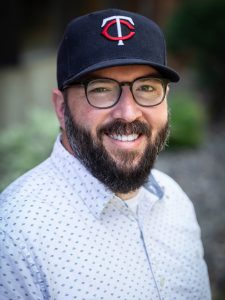 By Nicholas Tangen
By Nicholas Tangen
When I was a kid, I often struggled in school. My grades rarely rose above a C average, and the end of every semester was a mad dash to complete dozens of assignments that had been lost to history or the bottom of my backpack. I survived because I was a decent test-taker and a competent writer. But my school experience, and a lot of my experience in workplace settings over the years, left me feeling like a failure – hopelessly disorganized and incompetent.
Then, about a year ago, I was diagnosed with ADHD and an entirely new internal and external conversation became possible. I never had the external hyperactivity that so often leads to an ADHD diagnosis, so it’s no surprise that it took so long for me to get clear on what was happening with my brain and my experience trying to keep things straight.
“Anxiety and I are old friends.”
My hyperactivity shows up as inattentiveness and an internal panoply of conversations that make it difficult to attend to the things I need or want to. Time is a mystery to me, a nebulous something that I either never have enough of or lose myself in for hours at a time. About twice a month someone calls me from the location we agreed to meet to ask if we are still meeting, the consequence of me not writing something down and convincing myself that I’ll remember it. What a cute idea. Anxiety and I are old friends, and I feel like I’m constantly reminding myself to breathe, take it easy, and to remember it’s not that bad.
THIS PAST YEAR, I’ve been trying to get a better understanding of what it means to live with a brain that works a little bit differently in a world built for “neurotypical” brains. I wish I could say that the diagnosis solved everything, that I got the medication and counseling I need and now can function like I often feel I am expected to. But that isn’t the case.
Instead, after years of fighting my brain, I’m allowing myself to get curious about what would happen if I worked with it and embraced the creative chaos of an ADHD mind. And, in this learning and alongside the work I am lucky to do with Faith Practices & Neighboring Practices I have found a set of ponderings, questions, and curiosities that I think the church could benefit from reflecting on.
- Working with an ADHD brain often means following, within reason, the sudden bursts of curiosity and yes, even distraction, with some hope that what is found along the way will contribute something beautiful to my life and work. In my experience, churches can often get stuck in a need for certainty and predictability. We want to make our commitments at the beginning of the church year and then work our plan to produce predictable results. But the Holy Spirit is not what I’d call predictable, nor are our neighborhoods and communities.
What would it look like for congregations to allow ourselves to get creatively distracted by the ways that God is suddenly showing up in our communities? Can we hold our strategic plans loosely enough to respond to the unpredictability of the Holy Spirit? Are we able to pivot quick and chase the Holy Spirit’s activity like a dopamine hit?
- I am slowly realizing that my ADHD brain can do incredibly creative and intentional work if I simply do less with more intention. Want to see someone with ADHD crumble? Come hang with me at the end of a week where I overcommitted myself, believing that my worth and success is somehow tied to how much I do and produce. That’s when my brain slams on the brakes and says, “That’s it, we’re not doing anything! Let’s try again next week.”
Coming out of the experience of the past three years and returning to a “neurotypical” world that values production, the endless pursuit of more, and lionizes people who work themselves into exhaustion is a trip. And I think our churches are sensing how unsustainable this practice is.
What if our churches had the hard conversations about what we are going to stop doing? What if we were honest about our capacities and what actually contributes to a sense of aliveness in our communities? We’re not helping ourselves by pretending that congregational vitality always means more. In this moment in our history, I’m convinced our call is actually to do less with great love and compassion. I want to see our strategic plans begin with this question: “What are we not going to do this year?”
- Sin boldly so grace may abound! Leaning into the reality of an ADHD brain means letting go of any fantasy of perfection.
The most consistent practice I have is starting over. For years I felt myself fighting this reality, demanding perfection and production and then punishing myself for not achieving it. Does that sound familiar? How many of our churches get stuck in the perfectionism loop?
What if leaders of our congregations asked themselves regularly how to respond graciously and compassionately when, not if, our plans fail or turn out differently than we intended? We are communities of flawed and unique human beings trying to live out the Gospel of grace in a world that demands perfection. Let’s lean in, make a mess of things in love, and laugh at ourselves knowing that God’s got us.
“As engaged church leaders, we’re not helping ourselves by pretending that congregational vitality always means doing more.”
I’m eager to see what might happen by trying to work with my ADHD brain, rather than expecting myself to be something and someone that I’m not. I’m eager also to see our churches embrace the same. What kind of freedom and creativity might we find if we embrace who we are – not who we were, or who we think we ought to be? I mean, it will be messy and a bit chaotic, to be sure. But I have faith that we might also experience a renewed sense of vocation, creativity, and presence. I think we might also find … oh, shoot, I’m late for a meeting!

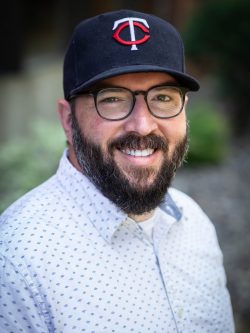
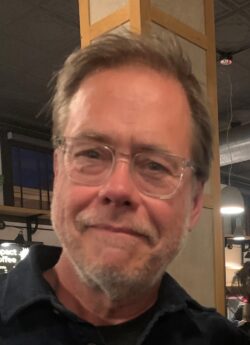
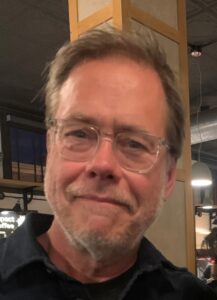 By Pastor Hans Lee
By Pastor Hans Lee 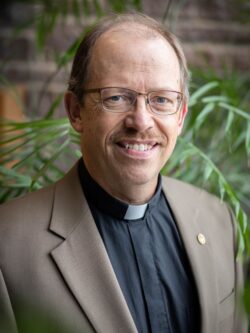
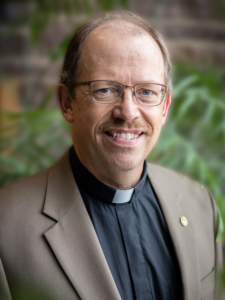 By Pastor John Hulden
By Pastor John Hulden 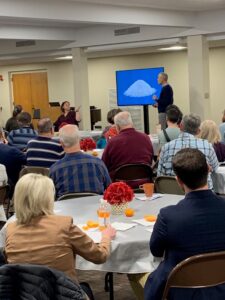
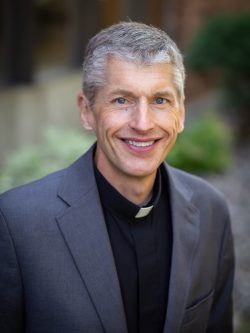
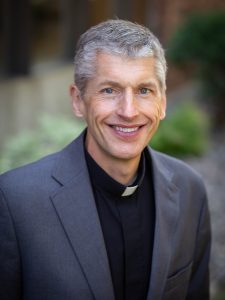 By Pastor Craig Pederson
By Pastor Craig Pederson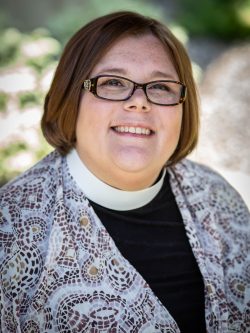
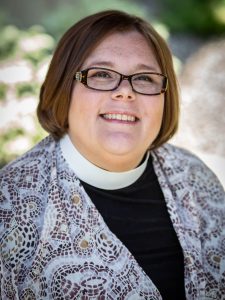 By Pastor Norma Malfatti
By Pastor Norma Malfatti 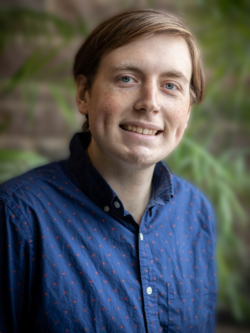
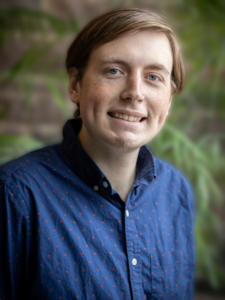 By Jack Hurbanis
By Jack Hurbanis 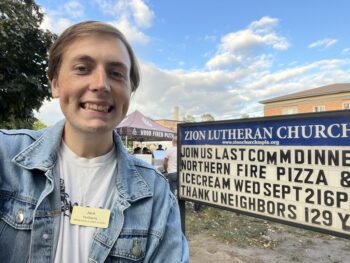
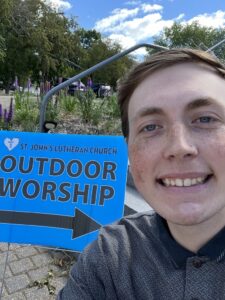
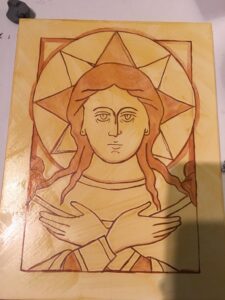
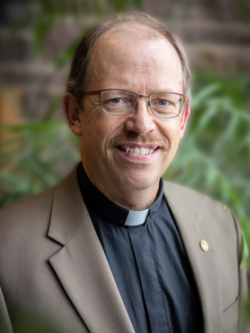
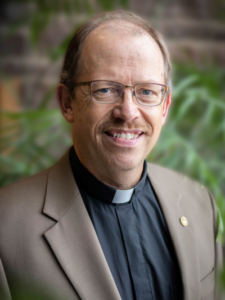 By Pastor John Hulden
By Pastor John Hulden 




